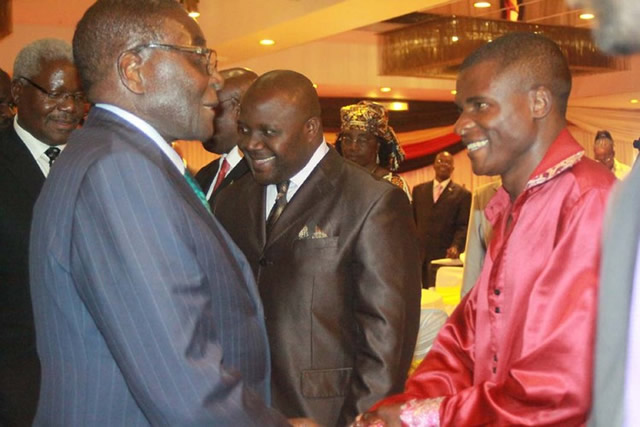Cotton production minimum funding set

 Martin Kadzere Senior Business Reporter
Martin Kadzere Senior Business Reporter
THE Agricultural and Marketing Authority and cotton ginners have agreed on a US$1 million minimum funding per merchant for the production of the crop this season to enhance output. According to a Memorandum of Understanding between the regulator and merchants, the minimum threshold is based on the smallest ginnery with capacity of 4 000 tonnes, which can be derived from 5 000 hectares at a yield of 800 kilogrammes per hectare.
The arrangement will also promote orderly marketing of the crop as contractors will only be allowed to purchase seed cotton in areas where they would provided funding.
Funding for cotton farmers declined from about US$44 million in 2011 to US$22 million last season. This was largely because some merchants reduced their funding after losing some of their crop through side marketing. Apart from reduced funding, cotton production has also been affected by poor rains. As such, cotton output dropped by 59 percent this year.
Statistics from Cotton Ginners’ Association show that 143 million kilogrammes of cotton seed were sold during the 2013 marketing season compared to 350 million a year earlier.
There is, however, renewed interest in cotton production as farmer registration for the forthcoming season points towards a hectarage of 450 000 compared to
320 000 hectares planted in 2011. Last year, 14 merchants participated in cotton financing and buying.
Under the MoU, contractors will be required to declare the quantity of seed cotton they want to buy at the beginning of the season.
“If it is more than 4 000 tonnes, the amount of investment in inputs will be to the extent of the contractor’s ginning capacity or historical appetite for a normal crop year may be used as a benchmark. AMA will not accept a ginner to declare intended intake that is unreasonably below their ginning capacity,” read part of the MoU.
If a contractor intends to purchase in excess of the minimum investment, the contractor shall make an investment prorated on the basis of volumes above the 4 000 tonnes. For instance, if a contractor intends to buy 8 000 tonnes of seed cotton, the prorated investment will be US$2 million.
On the other hand, AMA will monitor the implementation of the common input distribution and buying schemes. It will register seed cotton contracting firms participating in scheme as required by the regulations.
It will also be required to publish a list of all licensed contractors indicating the areas in which they have been licensed on the basis of those contractors having fully met the registration and minimum funding requirements.
In addition, the regulators shall “strictly” monitor contractors’ activities to ensure that their operations are limited to the areas they would have fully financed as well as protecting contractors investment by preventing side marketing of the contracted crop.
The contract schemes contribute about 98 percent of cotton production in the country. They were introduced at a time when farmers were failing to access finance from the banks due to lack of collateral.
Of the US$620 million earmarked for this year’s agricultural season, only 7,5 percent would be channelled towards cotton funding.
Fifty percent of the money is earmarked for tobacco. Cotton production sustains about 300 000 households.









Comments